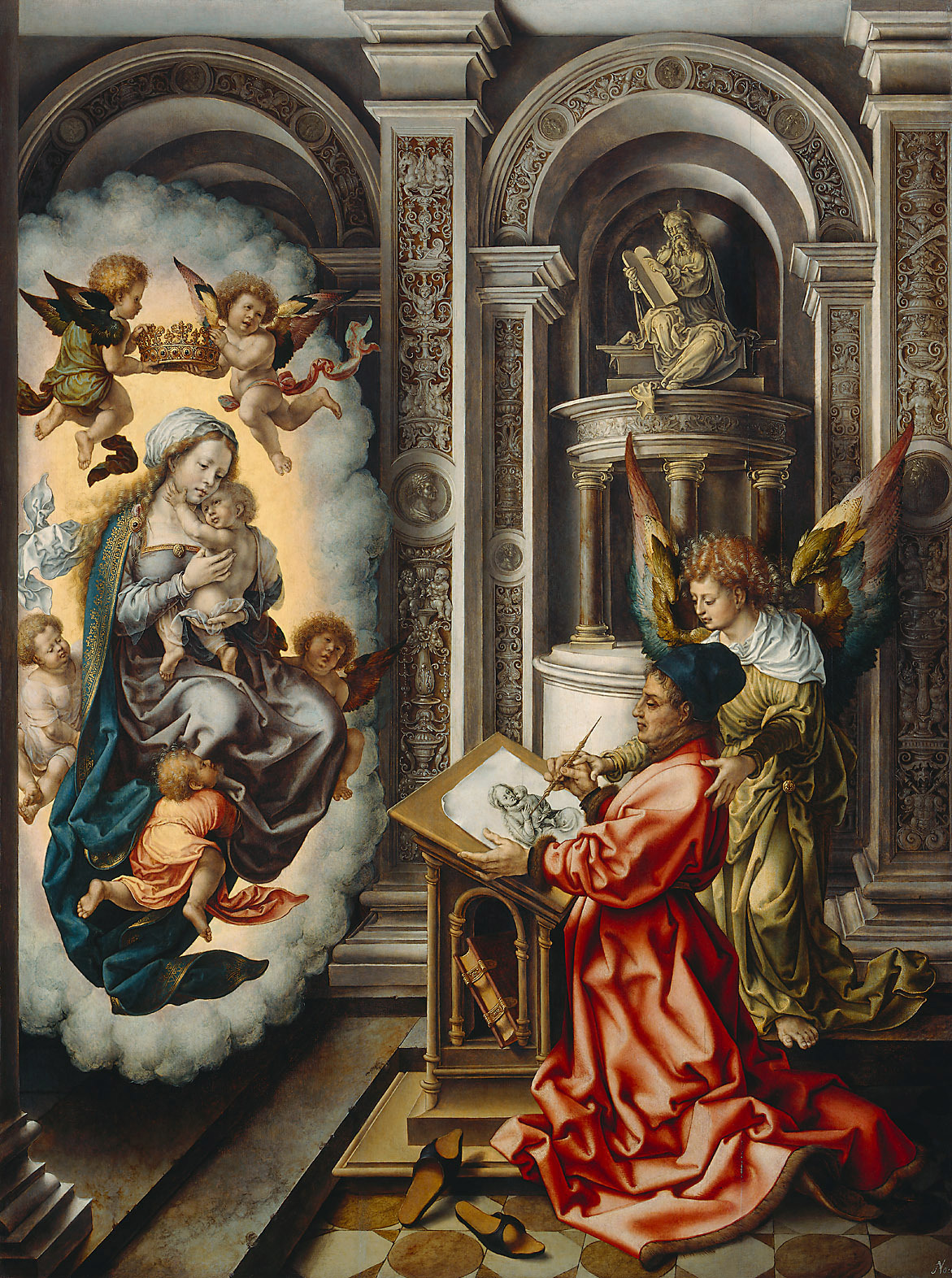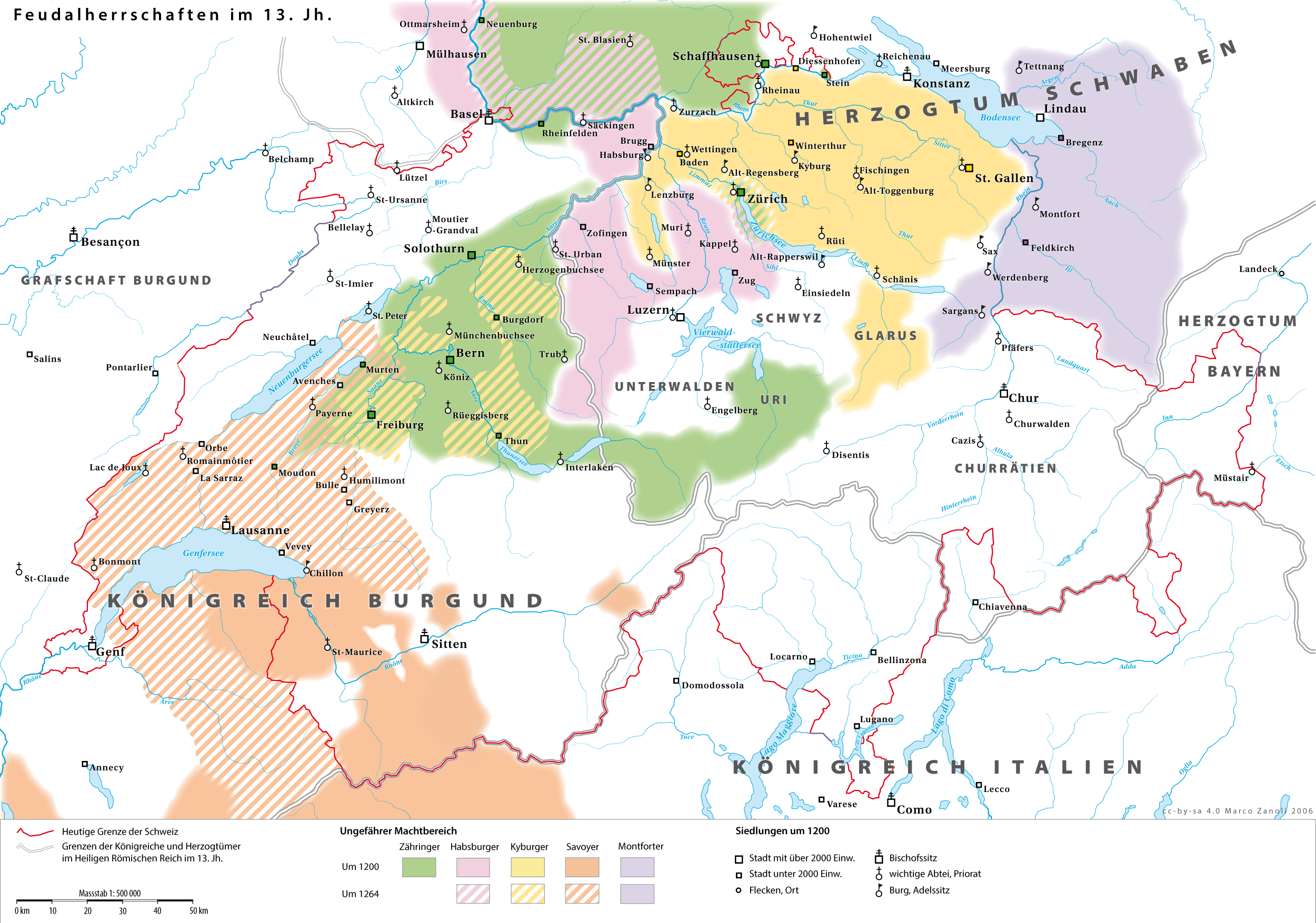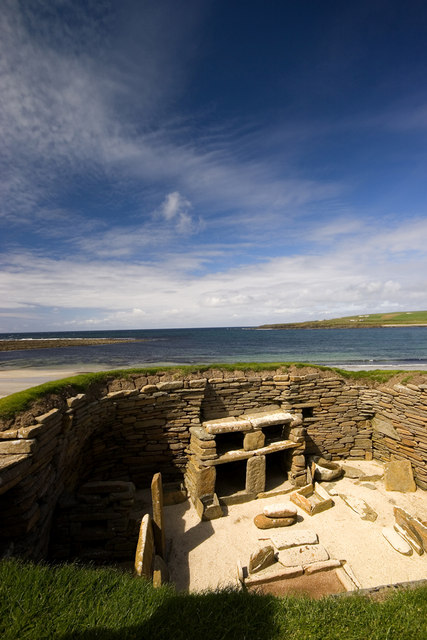|
Veere
Veere (; zea, label=Zeelandic, Ter Veere) is a municipality with a population of 22,000 and a town with a population of 1,500 in the southwestern Netherlands, in the region of Walcheren in the province of Zeeland. History The name ''Veere'' means "ferry": Wolfert Van Borssele established a ferry and ferry house there in 1281. This ferry he called the "camper-veer" or "Ferry of Campu" by which name Camphire it was known, at least in England, until the seventeenth century. It eventually became known as "de Veer". In the same year 1281 Wolfert also built the castle Sandenburg on one of the dikes he had built. On 12 November 1282, Count Floris V. thereupon issued a charter by which Wolfert received the sovereignty to the land and castle with the ferry and ferry house. From that time on Wolfert was given the title of Lord Van der Veer. Veere received city rights in 1355. The "''Admiraliteit van Veere''" (Admiralty of Veere) was set up as a result of the Ordinance on the Admiral ... [...More Info...] [...Related Items...] OR: [Wikipedia] [Google] [Baidu] |
Adrianus Valerius
Adrianus (Adriaen) Valerius, also known as Adriaen Valerius, (c. 1575 – 1625) was a Dutch poet and composer, known mostly for his poems dealing with peasant and burgher life and those dealing with the Dutch War of Independence, assembled in his great work ''Nederlandtsche gedenck-clanck.'' Life Valerius was born about 1575 in Middelburg to an ethnic French notary, François Valéry. His father had a somewhat prosperous career as a notary and customs official and in 1592 obtained a position as Court Scribe to Pieter van Reigersbergh, the burgemeester (mayor) of the city of Veere in the province of Zeeland. Six years later, Adriaen Valerius was named the Toll and Customs Controller for Veere, starting a prosperous career as both a burgher and a patrician of his city. Having married the burgemeester's daughter in 1605, he advanced to Tax Collections and later was appointed to the City Council. Work and influence A poet of not inconsiderable talent, Valerius worked on ... [...More Info...] [...Related Items...] OR: [Wikipedia] [Google] [Baidu] |
Walcheren
Walcheren () is a region and former island in the Dutch province of Zeeland at the mouth of the Scheldt estuary. It lies between the Eastern Scheldt in the north and the Western Scheldt in the south and is roughly the shape of a rhombus. The two sides facing the North Sea consist of dunes and the rest of its coastline is made up of dykes. Middelburg, the provincial capital, lies at Walcheren's centre. Vlissingen, to the south, is the main harbour and the third municipality is Veere. Originally, Walcheren was an island, but the Sloedam, constructed in 1871 for a railway, and poldering after World War II have connected it to the (former) island of Zuid-Beveland, which in turn has been connected to the North Brabant mainland. History Early history As early as Roman times, the island functioned as a point of departure for ships going to Britain; it had a temple of the goddess Nehalennia who was popular with those who braved the waters of the North Sea. The Romans called it " ... [...More Info...] [...Related Items...] OR: [Wikipedia] [Google] [Baidu] |
List Of Municipalities Of The Netherlands
As of 24 March 2022, there are 344 municipalities ( nl, gemeenten) and three special municipalities () in the Netherlands. The latter is the status of three of the six island territories that make up the Dutch Caribbean. Municipalities are the second-level administrative division, or public bodies (), in the Netherlands and are subdivisions of their respective provinces. Their duties are delegated to them by the central government and they are ruled by a municipal council that is elected every four years. Municipal mergers have reduced the total number of municipalities by two-thirds since the first official boundaries were created in the mid 19th century. Municipalities themselves are informally subdivided into districts and neighbourhoods for administrative and statistical purposes. These municipalities come in a wide range of sizes, Westervoort is the smallest with a land area of and Súdwest-Fryslân the largest with a land area of . Schiermonnikoog is both the least ... [...More Info...] [...Related Items...] OR: [Wikipedia] [Google] [Baidu] |
Zeeland
, nl, Ik worstel en kom boven("I struggle and emerge") , anthem = "Zeeuws volkslied"("Zeelandic Anthem") , image_map = Zeeland in the Netherlands.svg , map_alt = , map_caption = Location of Zeeland in the Netherlands , pushpin_map = , pushpin_label_position = , pushpin_map_alt = , pushpin_map_caption = , coordinates = , coor_pinpoint = , coordinates_footnotes = , subdivision_type = Country , subdivision_name = Netherlands , established_title = , established_date = , founder = , seat_type = Capital , seat = Middelburg , seat1_type = Largest city , seat1 = Terneuzen , governmen ... [...More Info...] [...Related Items...] OR: [Wikipedia] [Google] [Baidu] |
City Rights In The Netherlands
City rights are a feature of the medieval history of the Low Countries. A liege lord, usually a count, duke or similar member of the high nobility, granted to a town or village he owned certain town privileges that places without city rights did not have. In Belgium, Luxembourg, and the Netherlands, a town, often proudly, calls itself a city if it obtained a complete package of city rights at some point in its history. Its current population is not relevant, so there are some very small cities. The smallest is Staverden in the Netherlands, with 40 inhabitants. In Belgium, Durbuy is the smallest city, whilst the smallest in Luxembourg is Vianden. Overview When forced by financial problems, feudal landlords offered for sale privileges to settlements from around 1000. The total package of these comprises town privileges. Such sales raised (non-recurrent) revenue for the feudal lords, in exchange for the loss of power. Over time, the landlords sold more and more privileges. Thi ... [...More Info...] [...Related Items...] OR: [Wikipedia] [Google] [Baidu] |
Jan Mabuse
Jan Gossaert (c. 1478 – 1 October 1532) was a French-speaking painter from the Low Countries also known as Jan Mabuse (the name he adopted from his birthplace, Maubeuge) or Jennyn van Hennegouwe ( Hainaut), as he called himself when he matriculated in the Guild of Saint Luke, at Antwerp, in 1503. He was one of the first painters of Dutch and Flemish Renaissance painting to visit Italy and Rome, which he did in 1508–09, and a leader of the style known as Romanism, which brought elements of Italian Renaissance painting to the north, sometimes with a rather awkward effect. He achieved fame across at least northern Europe, and painted religious subjects, including large altarpieces, but also portraits and mythological subjects, including some nudity. From at least 1508 he was apparently continuously employed, or at least retained, by quasi-royal patrons, mostly members of the extended Habsburg family, heirs to the Valois Duchy of Burgundy. These were Philip of Burgundy ... [...More Info...] [...Related Items...] OR: [Wikipedia] [Google] [Baidu] |
Staple Port
The staple right, also translated stacking right or storage right, both from the Dutch ''stapelrecht'', was a medieval right accorded to certain ports, the staple ports. It required merchant barges or ships to unload their goods at the port and to display them for sale for a certain period, often three days. Only after that option had been given to local customers were traders allowed to reload their cargo and travel onwards with the remaining unsold freight. Limited staple rights were sometimes given to towns along major trade-routes like Görlitz, which obtained staple rights for salt and woad, and Lviv gained them in 1444. A related system existed in medieval and Tudor England, covering the sale and export of wool and leather and known as ''the Staple''. Germany Staple rights can be compared to the market rights, the right to hold a regular market, as they were extremely important for the economic prosperity of the river cities that possessed such rights, such as Leipzig (1507 ... [...More Info...] [...Related Items...] OR: [Wikipedia] [Google] [Baidu] |
Ghent
Ghent ( nl, Gent ; french: Gand ; traditional English: Gaunt) is a city and a Municipalities of Belgium, municipality in the Flemish Region of Belgium. It is the capital and largest city of the East Flanders province, and the third largest in the country, exceeded in size only by Brussels and Antwerp. It is a Port of Ghent, port and Ghent University, university city. The city originally started as a settlement at the confluence of the Rivers Scheldt and Leie and in the Late Middle Ages became one of the largest and richest cities of northern Europe, with some 50,000 people in 1300. The municipality comprises the city of Ghent proper and the surrounding suburbs of Afsnee, Desteldonk, Drongen, Gentbrugge, Ledeberg, Mariakerke (East Flanders), Mariakerke, Mendonk, Oostakker, Sint-Amandsberg, Sint-Denijs-Westrem, Sint-Kruis-Winkel, Wondelgem and Zwijnaarde. With 262,219 inhabitants at the beginning of 2019, Ghent is Belgium's second largest municipality by number of inhabitants ... [...More Info...] [...Related Items...] OR: [Wikipedia] [Google] [Baidu] |
Habsburg
The House of Habsburg (), alternatively spelled Hapsburg in Englishgerman: Haus Habsburg, ; es, Casa de Habsburgo; hu, Habsburg család, it, Casa di Asburgo, nl, Huis van Habsburg, pl, dom Habsburgów, pt, Casa de Habsburgo, la, Domus Habsburg, french: Maison des Habsbourg and also known as the House of Austriagerman: link=no, Haus Österreich, ; es, link=no, Casa de Austria; nl, Huis van Oostenrijk, pl, dom Austrii, la, Domus Austriæ, french: Maison d'Autriche; hu, Ausztria Háza; it, Casa d'Austria; pt, Casa da Áustria is one of the most prominent and important dynasties in European history. The house takes its name from Habsburg Castle, a fortress built in the 1020s in present-day Switzerland by Radbot of Klettgau, who named his fortress Habsburg. His grandson Otto II was the first to take the fortress name as his own, adding "Count of Habsburg" to his title. In 1273, Count Radbot's seventh-generation descendant Rudolph of Habsburg was elected King of the R ... [...More Info...] [...Related Items...] OR: [Wikipedia] [Google] [Baidu] |
Evert Spoorwater
Evert is a Dutch and Swedish short form of the Germanic masculine name "Everhard" (alternative Eberhard). at the Meertens Institute database of given names in the Netherlands. It is also used as surname. Notable people with the name include: Given name * Evert van Aelst (1602–1657), Dutch still life painter * Evert Andersen (1772–1809), Norwegian naval officer * Evert Augustus Duyckinck (1816–1878), American publisher and bio ...[...More Info...] [...Related Items...] OR: [Wikipedia] [Google] [Baidu] |
Scotland
Scotland (, ) is a country that is part of the United Kingdom. Covering the northern third of the island of Great Britain, mainland Scotland has a border with England to the southeast and is otherwise surrounded by the Atlantic Ocean to the north and west, the North Sea to the northeast and east, and the Irish Sea to the south. It also contains more than 790 islands, principally in the archipelagos of the Hebrides and the Northern Isles. Most of the population, including the capital Edinburgh, is concentrated in the Central Belt—the plain between the Scottish Highlands and the Southern Uplands—in the Scottish Lowlands. Scotland is divided into 32 administrative subdivisions or local authorities, known as council areas. Glasgow City is the largest council area in terms of population, with Highland being the largest in terms of area. Limited self-governing power, covering matters such as education, social services and roads and transportation, is devolved from the ... [...More Info...] [...Related Items...] OR: [Wikipedia] [Google] [Baidu] |
Keldermans Family
Keldermans is a family of artists, originating from Mechelen (an independent city surrounded by the Duchy of Brabant). The members of the family were mostly architects working in the Brabantine Gothic style. As the most important architects of their time in the Netherlands, they defined the Brabantine Gothic style, and their works can still be seen today in cities like Mechelen, Brussels, Antwerp, Ghent, Lier, Middelburg and Gouda Gouda may refer to: * Gouda, South Holland, a city in the Netherlands ** Gouda (pottery), style of pottery manufactured in Gouda ** Gouda cheese, type of cheese originally made in and around Gouda ** Gouda railway station * Gouda, Western Cape, a s .... Anthonis II and Rombout II were court architects for Charles V. Laurens II, last in the line, was influenced by Renaissance architecture and marked the end of the Gothic period in this region. Family tree Name The actual family name was Van Mansdale. Keldermans (Dutch for ''cellar ... [...More Info...] [...Related Items...] OR: [Wikipedia] [Google] [Baidu] |







